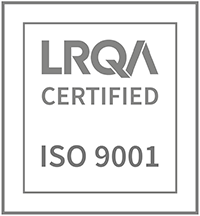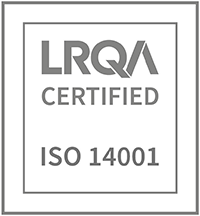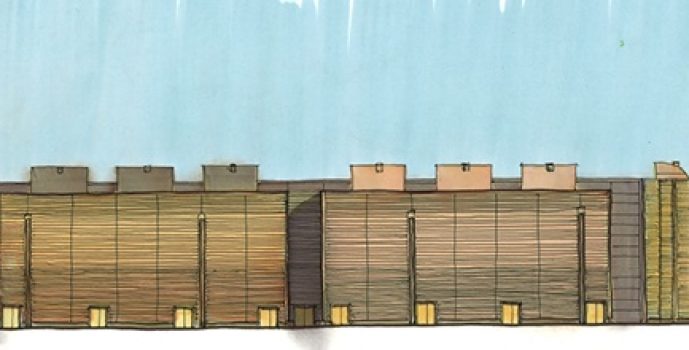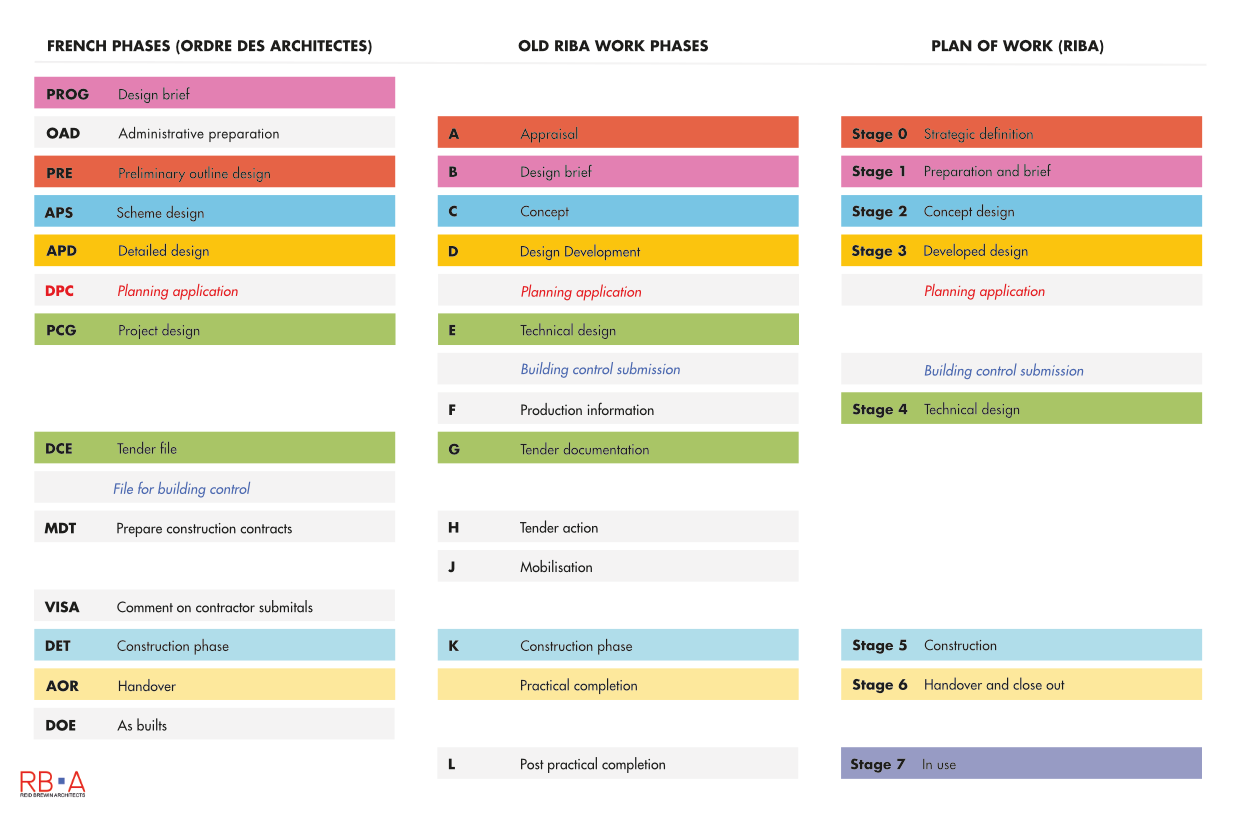Comparison of work stages in UK and France
The brief
It is self-evident that a clearly defined brief for a building project is very beneficial but it is often forgotten. The brief is a detailed and clear explanation of the client’s objectives.
It must include:
- the building project’s purpose
- the site details, the land-survey, soil studies, the climate, existing infrastructure and services
- the calculated surface requirements , the volumes, the working relationships, the budget and the time scale of the project
- the technical constraints, the urban planning regulations
- the technical and financial demands regarding the deadlines, the costings and the quality standards.
The architect may also intervene to define the environmental specifications of the project in order to lay out from the start the key criteria and expected performance levels required for a sustainable construction.
The brief is very useful for everyone involved in the project to facilitate their discussions. It acts as a memory aid throughout the project and ensures that all specific requirements are taken into account at each phase.
The brief is often attached to the architect’s contract.
Preliminary work
The initial contact and the preliminary project report –
From the first client/architect meeting, the architect listens carefully to the client’s expectations and objectives in order to understand fully the project requirements – both qualitatif and quantitatif. It is essential to discuss the budget, the site characteristics and the local planning regulations.
At that time the architect explains the phasing sequence and advises on the eventual administrative steps to be taken, the guarantees, the extent of his responsibilities and services.
For certain projects a preliminary study can help the client and all those concerned to clarify certain aspects of the project in order to determine the best solution. This may include:
- Analysis of the location: the difficulties and the potential.
- Financial targets
- Study of possible solutions between renovating or improving an existing building and constructing a new building.
- Choice of site or type of building with regard to the possible requirements and solutions.
- Feasibility studies to put forward the necessary questions
- Draft brief
- Options for the official administrative procedures
- Prepartion of proceedures to be put into place to make the lines of communication easier.
RB-Architects is able to assist you throughout all the phases of your project. We have the necessary resources in place and can provide questionnaires as points for discussion with a system of interviews to analyse your requirements.
Esquisses and feasability studies
The initial phases of a project involve lots of pure creativity and sometimes architects provide this service without being involved in any future phases.
Sketch design
Sketch design defines where the building is located, the general organisation of the spaces inside and out and the links between them. Sketches can show you the overall massing and how the project begins to appear in the site. It enables the client to agree to certain principles and begin to understand how the new building will look. At this stage the architect will confirm the comptability of your budget with your expectations. At the end of the sketch design the architect proposes his contract to proceed to the next phase with an estimate of the cost and timescale for the project.
Feasibility study
The architect then needs to present the conclusion of the feasibility of the project which he has designed. It’s a balance between your expectations, the potential of the site and your budget. Different design solutions can be presented that might best suit your requirements and make the most benefit from the site. Good constructive dialogue is essential for the success of the project for the architect to understand your requirements and for you to understand the process.Both sketch design and feasibility studies can be carried out for a fee based on an exchange of letters or using a standard architect’s contract for preliminary studies published by the “Ordre des architectes” in English.
3D images and models
In studying and discussing the different possiblities it is often very useful at this stage to put together either a model or some 3D images. There are usually very enlightening and often essential to fully understand the design. Ask the architect to provide some examples of the sort of thing you would like to see.
Preliminary design
During the preliminary design phase (which is often split in France between outline design and full design) the architect builds on the feasibility study, verifies conformity with regulations and begins to bring form to the initially suggested ideas with proposals and new ideas in keeping with the budget. The form of the project is shown by drawings in plan, section and elevation and will include a schedule of areas and the main finishes.
The culmination of the design at this stage allows you to decide on all the essential characteristics of your project. At this point in the process there is enough information for the architect to prepare a French permit application should this be necessary.
French permit application
For a French permit application file, the architect puts together the written and drawn documents required by the French local authority from the design drawings and documents that have been discussed with the client.
Usually drawn to a scale of 1:100 (1cm per metre) the documents should contain plans of all the levels, each elevation and any sections necessary to fully understand the project. At this stage the sizes of openings in the elevations are decided as well as all the finishes. A description of works describing the materials and technical equipment of the future building should accompany the drawings and allows you to confirm the quality of the finishes that you expect.
Detailed design
Detailed design and the production information phase of a project defines all the details with how to install, fix and apply all the materials, equipment and structure of the building. The description of the works is refined into specification documents (CCTP in French) which, together with the detailed graphic documents at a scale of 1:50, form the basis of the design. If the earlier design phases rely on creativity then this stage is when the technical experience of the architect really counts.
Due to the amount of work involved it usually follows the approval of the permit application and only goes ahead after approval of the design in the previous phase by the client. Now the documents are prepared for presentation to contractors, so that they can fully understand what they will be asked to build. The drawings and written documents should precisely define the works, from the choice of structure to the type of tap. The finished documents should be read carefully because they represent what the client will be buying from the contractor, both in terms of the type of products and finishes the expected performance. It is sufficient information for tendering or obtain quotes from building contractors.
Sometimes further studies can be carried out to understand more about the building in terms of its impact on the environment both during construction and afterwards during use. It’s always worth comparing the costs of different types of construction while looking at future costs of running and maintaining the building.
Procurement and tender phase
Contractual documents
The architect’s assistance between going out to tender and signing the building contract allows the client to decide on the correct form of procurement and coordinate the tender procedure.
Transparency and fair play are essential.
The tender package is based on the documents of the previous phase that allows the contractors to correctly quote for the works and also additional administrative documents which set out the contractual arrangements between the client and the contractor. It defines the game rules and other site related rules. The architect can advise on the choice of contractors suitable for the work or the client can make their own suggestions. Once the tenders are returned the architect writes a tender analysis report. Depending on the quality of the tender returns it may be necessary to clarify or modify the documents in line with the budget, the clients expectations or suggestions from the builder. Once the choice of contractor is made, the architect draws up the contract documents for signature by the client and the contractor. In this way both the contractor and the client understand their contractual obligations, the quality of the works, the timescale and the cost.
Construction phase
The construction phase of the project brings the dream to life and demands rigour. It involves checking any documents and drawings that the contractor puts forward and ensuring that the works are carried out in conformity with the building contract.
It’s a very important phase in the architect’s scope of works as it is the only way that the architect can ensure that the project gets built as he has designed and developed with the client. It usually requires weekly meeting with minutes by the architect. Depending on the type of building contract the architect helps coordinate the works with the different trades, making sure that good common practice is respected, standards and regulations are followed. The architect can explain each part of the construction process and makes sure that all the different specialised participants don’t loose site of the big picture. Each month the architect examines any invoices raised by the contractor to ensure that any payment that is requested corresponds to completed works on site.
At the end of the building site phase the architect reviews the works with the contractors to complete any last details. NB if the contractor does not finish the work in the agreed timescale, then often the contract can allow for penalties payable by the contractor who is late in completing the works. (The Ordre des architectes even goes so far as to suggest that the penalty payment could be used to pay additional fee to the architect to follow these works that extend beyond the agreed contract time limit!). With the completion of the building works the architect establishes the final accounts and the as built drawings.
Handover of the works and practical completion
At the end of the construction phase the architect assists the client with the handover of the building. In the UK it’s known as practical completion. It involves a formal visit of the works and a report, sometimes with a list of defects or snagging list, that is put together by the architect for the client. It’s the moment when the client can list any works that they feel aren’t complete or don’t satisfactorily meet their expectations but only defects in relation to a contract can be listed.
Final completion in the UK is one year after the date of practical completion but in France it’s the ‘réception’ date that counts for insurance puposes and defines the completion of the building contract. However, like in the UK, in France the contract can define a one year defects liability period when the contractor can be asked to come back and make good any defects that might arise due their construction work.
For more information on this critical step refer to Pratical completion.









